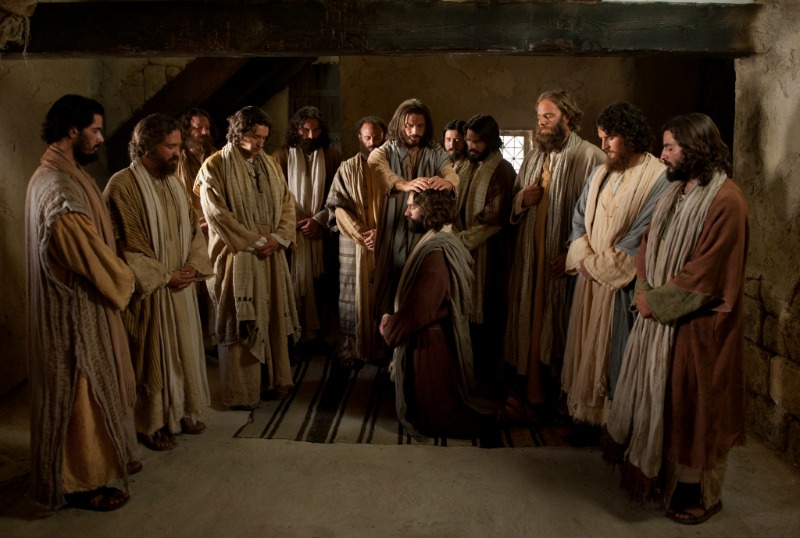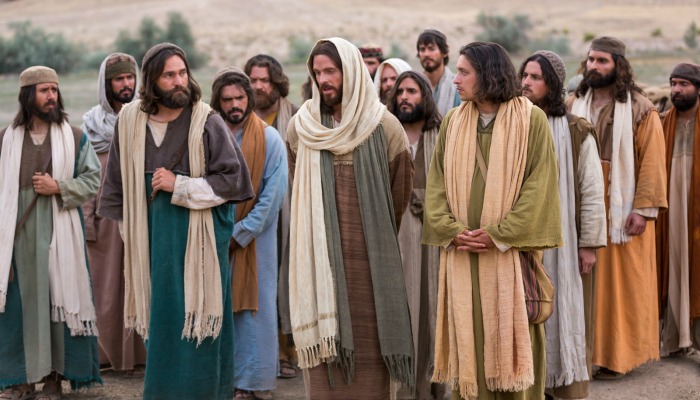
I was recently reading up on the apostles on a popular Christian website when I happened to stumble upon a list of how each apostle supposedly passed away. In my mind I knew several of them had been killed pretty brutally, but I was still shocked by some of the details. Out of curiosity I’ve done my own research on the same topic, which you’re about to read below.
DISCLAIMER: These deaths get pretty graphic, so prepare yourself. Also, many details about apostolic deaths are not included in the Bible narrative or even on ChurchofJesusChrist.org. Many come from tangential historical, apocryphal or non-Latter-day Saint sources. I’ve provided links to those sources, but I wouldn’t be surprised if a detail or two was incorrect. Fair warning.
1. Simon Peter
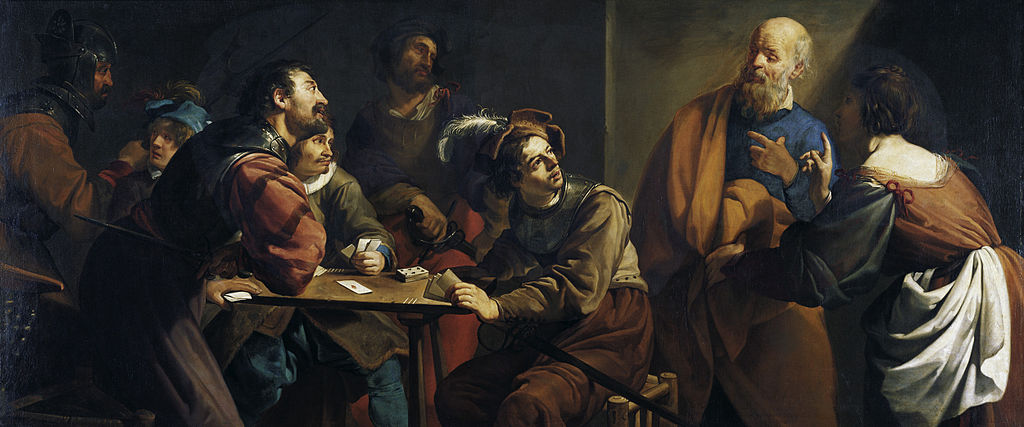
2. Andrew (Peter’s brother)
Andrew isn’t mentioned much in the Bible—and there’s even less information available about the circumstances of his death. But here’s what National Geographic has to say about it:
According to 15th Century religious historian Dorman Newman, Andrew—the brother of Peter—went to Patras in western Greece in 69 AD, where the Roman proconsul Aegeates debated religion with him. Aegeates tried to convince Andrew to forsake Christianity, so that he would not have to torture and execute him. But when that didn’t work, apparently he decided to give Andrew the full treatment. Andrew was scourged, and then tied rather than nailed to a cross, so that he would suffer for a longer time before dying. Andrew lived for two days, during which he preached to passersby.
3. John the Revelator (also John the Beloved)
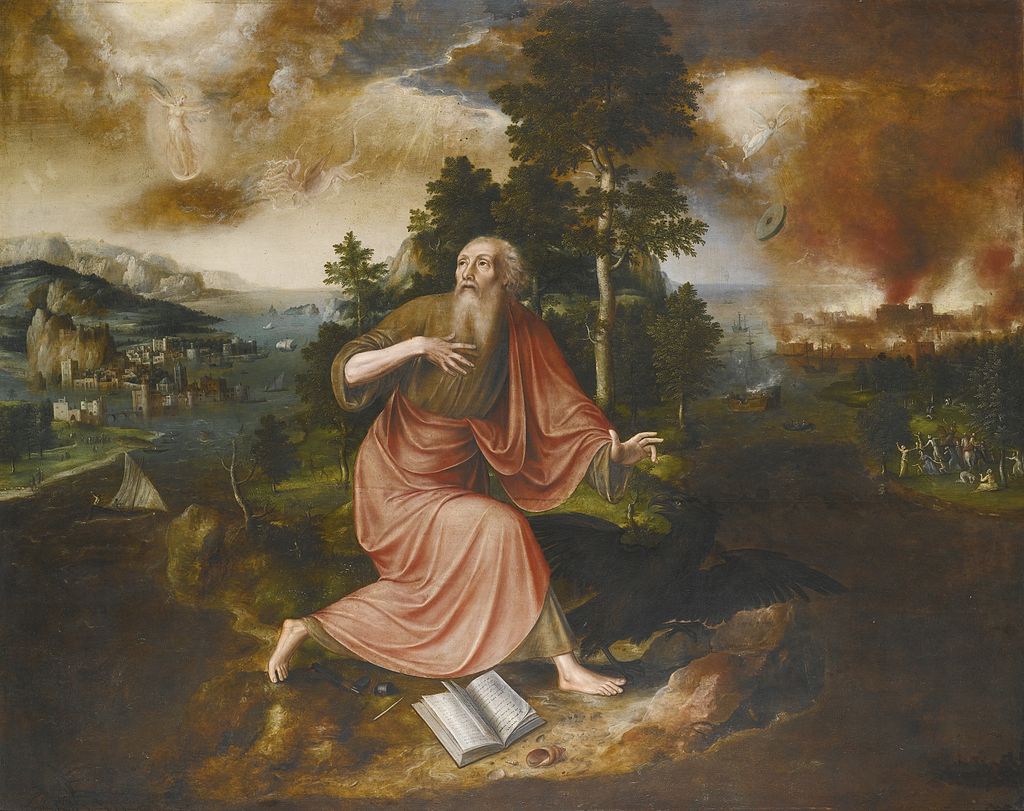
And the Lord said unto me: John, my beloved, what desirest thou? For if you shall ask what you will, it shall be granted unto you.
And I said unto him: Lord, give unto me power over death, that I may live and bring souls unto thee.
And the Lord said unto me: Verily, verily, I say unto thee, because thou desirest this thou shalt tarry until I come in my glory, and shalt prophesy before nations, kindreds, tongues and people.
So John just might be wandering around somewhere preaching the gospel as we speak.
4. James (John’s brother)
We actually do have some biblical scripture to back this one up, from Acts chapter 12, 1-2:
Now about that time Herod the king stretched forth his hands to vex certain of the church.
And that’s that. Herod was a bad dude.
5. Bartholomew (also known as Nathaniel)
Very little is known about Bartholomew’s death. Some sources simply say he was martyred, while others say he was skinned alive and beheaded. One source says he was “flayed with knives.” “Flayed” can mean to simply peel skin off, but it can also reference skin being removed because of severe beating or whipping. And indeed, another hypothesis suggests that severe whipping tore Bartholomew’s skin “to shreds.” The common theme amongst the different theories is that, whatever the cause, it was probably unpleasant.
6. Philip
People seem to disagree on the circumstances of Philip’s death. One source suggests he was hung until dead, another suggests crucifixion during his ministry in Egypt. People were not big fans of Christian missionaries back then.
7. Thomas

Every source I can find on Thomas’s death suggests he was stabbed with a spear somewhere during his ministry in India. Yikes.
8. Matthew (the tax collector)
This Christian website says that Matthew “became a missionary and was arrested in Ethiopia. It was there that he was staked or impaled to the earth by spears and then beheaded. Not much beyond this is known since Matthew was in such a remote place in Africa and went where few historian[s] or Christians ventured to go.”
National Geographic gives a slightly different version, saying that according to legend, Matthew was “stabbed in the back by a swordsman [in Ethiopia] sent by King Hertacus, after he criticized the king’s morals.”
9. James (not John’s brother)

Theory 2: James “died as a martyr and his body was sawed in pieces.”
Theory 3: At a ripe old age he was beaten, stoned, and finished off by a club to the head.
Theory 4: James was preaching on a wall when Jewish religious leaders decided to throw him off of it. Apparently he survived, so, similar to theory three, they stoned him and beat him to death with a club.
10. Jude (not to be confused with Judas Iscariot)
According to The Orthodox Church in America, Jude was in Armenia when he was crucified and shot with arrows some 45 years (give or take a few) after Christ’s death.
11. Simon the Zealot (not Simon Peter)
Theory 1: He died “peacefully at Edessa,” which is now somewhere in modern-day Turkey.
Theory 2: This Catholic website also alleged Simon the Zealot died in Edessa, but was crucified. A less-peaceful death than our first theory.
Theory 3: He was a missionary in Africa, and then England, where he was crucified around 74 AD.
12. Judas Iscariot
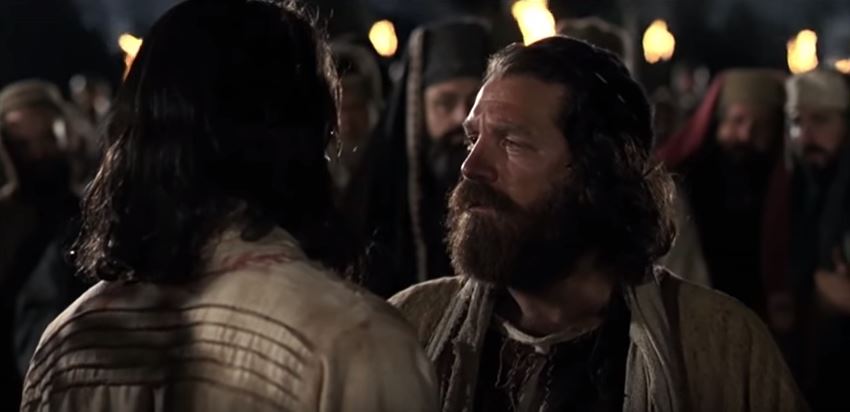
The Bible helps us out with this story as well. Matthew 27:3-5 says …
Then Judas, which had betrayed him, when he saw that he was condemned, repented himself, and brought again the thirty pieces of silver to the chief priests and elders,
Saying, I have sinned in that I have betrayed the innocent blood. And they said, What is that to us? see thou to that.
And he cast down the pieces of silver in the temple, and departed, and went and hanged himself.
BUT Acts 1:16-19 gives us a totally different picture of his death:
Men and brethren, this scripture must needs have been fulfilled, which the Holy Ghost by the mouth of David spake before concerning Judas, which was guide to them that took Jesus.
For he was numbered with us, and had obtained part of this ministry.
Now this man purchased a field with the reward of iniquity; and falling headlong, he burst asunder in the midst, and all his bowels gushed out.
And it was known unto all the dwellers at Jerusalem; insomuch as that field is called in their proper tongue, Aceldama, that is to say, The field of blood.
In the Latter-day Saint faith I think we’re more accustomed to the hanging theory, but who knows. It doesn’t really matter in the end.
Now you know
It’s interesting to know a little bit more about how these apostles died, but it’s eternally more important to study what they did and taught throughout their lives. The letters of Peter, the Gospel According to St Matthew and St John, etc. That’s where the good stuff is. If you haven’t taken the time to study the lives of these men and the master they served, I’d encourage you to get on it.


